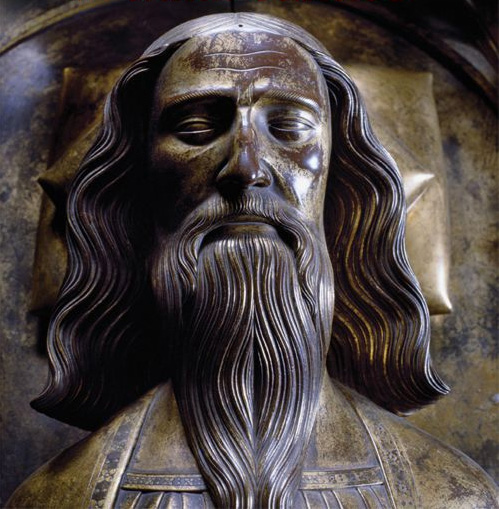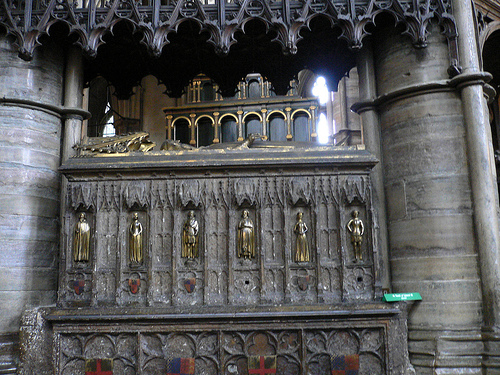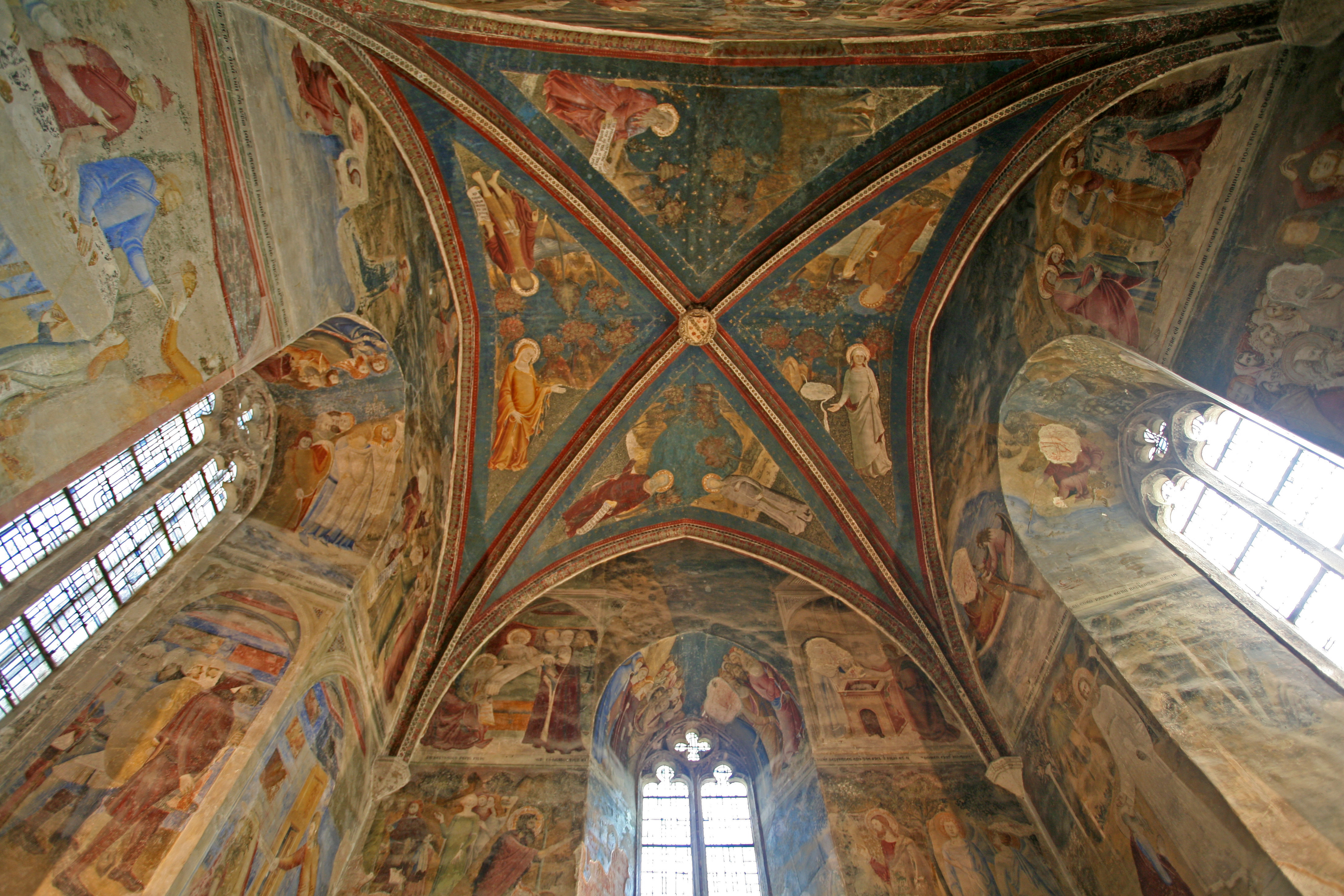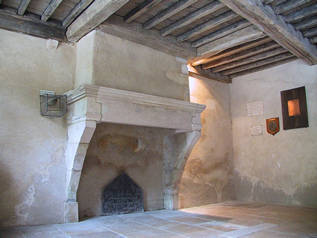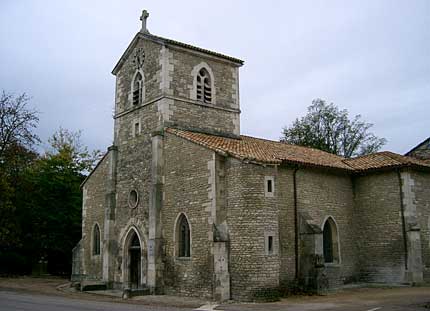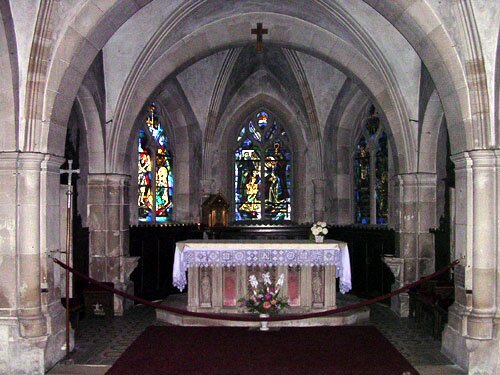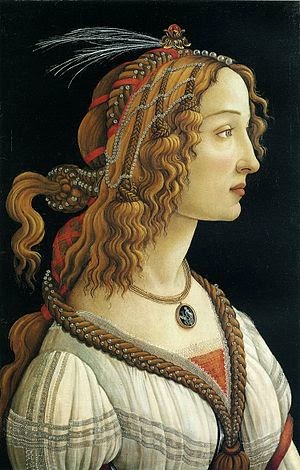The great city of Constantinople (now Istanbul) spans two continents, Europe and Asia, and has portions on both sides of the Bosporus Strait. This made the city a prime trade route, with one of the natural harbors in the city being the Golden Horn. This harbor was one of the busiest trade hubs in the city, which made it a prime target for invaders. In order to defend the Golden Horn and the city from naval assault the Byzantines created a great iron chain that stretched across the harbor from one part of the European coast to the Galata Tower along the north side of the harbor. This chain would prevent enemy ships from entering the harbor.
 |
| The Golden Horn as it is today |
Unfortunately for the Byzantines, multiple invaders found ways around the chain and were able to enter the harbor. The two most notable occasions took place in 1204 and 1453. In 1204 Venetian ships destroyed the chain and were able to sack the city during the 4th Crusade. In 1453 Sultan Mehmed II of the Ottoman Empire took his ships out of the Bosporus and used greased logs to transport them across Galata after failing to break the chain, which would weaken the city's defenses.
While it may not have always been effective, the great chain that once spanned the Golden Horn was an impressive defensive piece and helped secure Byzantine trade and the city of Constantinople for centuries, and is a part of the city's rich (and bloody) history.
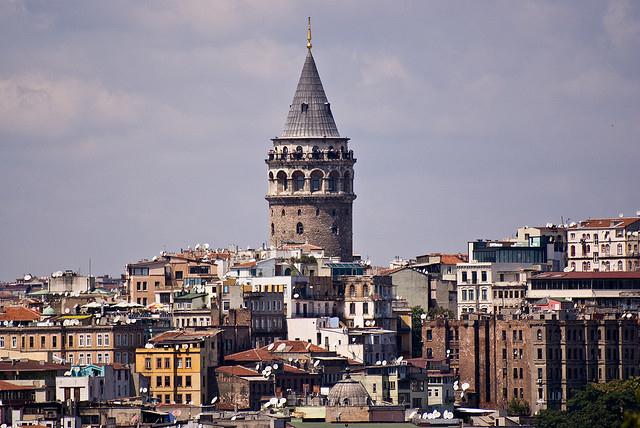 |
| The new Galata Tower, which was rebuilt by the Genoese after the original tower had been destroyed by looting crusaders in the 4th crusades |
Goodwin, Jason. "4. The Siege." In Lords of the Horizons: A Aistory of the Ottoman Empire, 37. 1st ed. New York, New York: H. Holt, 1999.

